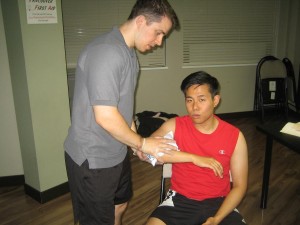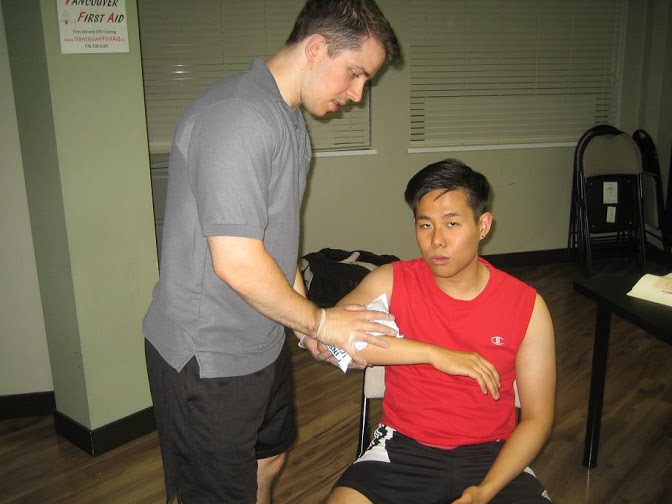The brown recluse spider or fiddle-back spiders possess venom that can lead to significant health issues and even death. It is important to note that these spiders are not aggressive but will bite if accidentally disturbed. You can readily identify the spider with their violin-shaped mark on its head and 6 evenly-sized eyes.
https://www.youtube.com/watch?v=99ZlgHPNzE0
The brown recluse spider bites are necrotizing in nature which causes the skin tissues to die. There is still no antivenin available for the bites and medical treatment is often needed to slow down or stop serious physical complications from progressing. These spiders are often found outdoors in dry, secluded, sheltered areas such as piles of leaves or rocks.
Initial signs of a brown recluse spider bite
Once an individual sustained a bite, the site can become infected and the condition of the individual changes in varying stages. Remember that various phases can occur within the initial 24 hours after.

- The first is the redness and stinging sensation followed by radiating pain from the bite site and then a blister and ulcer.
- Once the venom spreads, the bite site turns reddish or purplish and swollen along with puffiness or hardness of the area in some cases. The redness can occur at the same time with the stinging sensation
- Within 2-8 hours, pain can develop that ranges from mild to severe. The pain becomes increasingly intense as time passes and radiates from the bite site.
- After 24 hours, a blister develops at the bite site that appears white. As it turns white or blanches, the surrounding area develops a reddish ring. The bite might appear sunken and bluish while some can develop a radiating, pinpoint reddened rash.
Secondary indications of a brown recluse spider bite
Within 48-72 hours, a blister forms at the bite site which turns red and eventually bursts. The wound ends up as a large-sized ulcer that appears unwilling to heal and infection can develop if not properly treated.
Consequently, the blister hardens and sloughs off. Necrosis or tissue death is caused by the venom of the spider which leads to skin ulceration, slough off or turn black in color after 3-4 days.
The necrotic wounds might require skin grafting in the future if they are large in size or severe enough. Other symptoms that can occur include the following:
- Muscle pain
- Fever and chills
- Generalized feeling of being sick
- Itchiness
- Weakness
- Nausea
- Vomiting
- Abdominal cramps
- Diarrhea
- Sweating
In rare cases, coma, blood in the urine, kidney failure, jaundice and seizures can also occur. Even though the brown recluse spider bite will not lead to significant injury, it can occasionally trigger a systemic reaction.
This complication develops within 48 hours after the bite and can progress to the destruction of the red blood cells or kidney damage linked with the destruction of the red blood cells. In addition, the hematocrit level evidently drops as the venom destroys the red blood cells.

